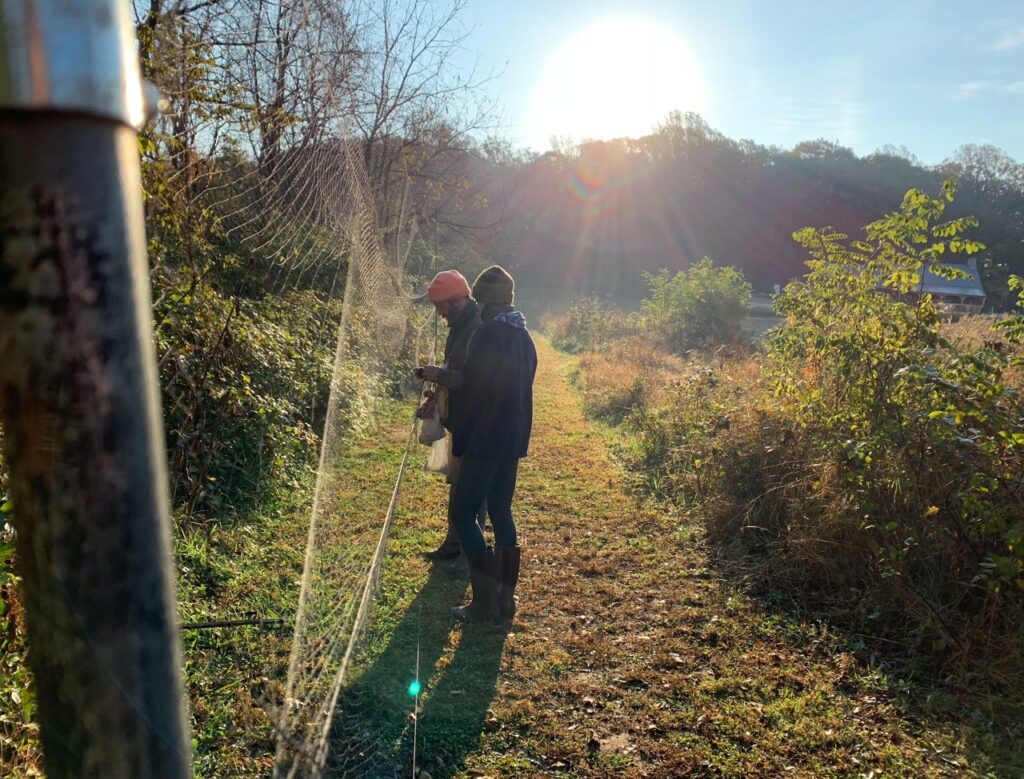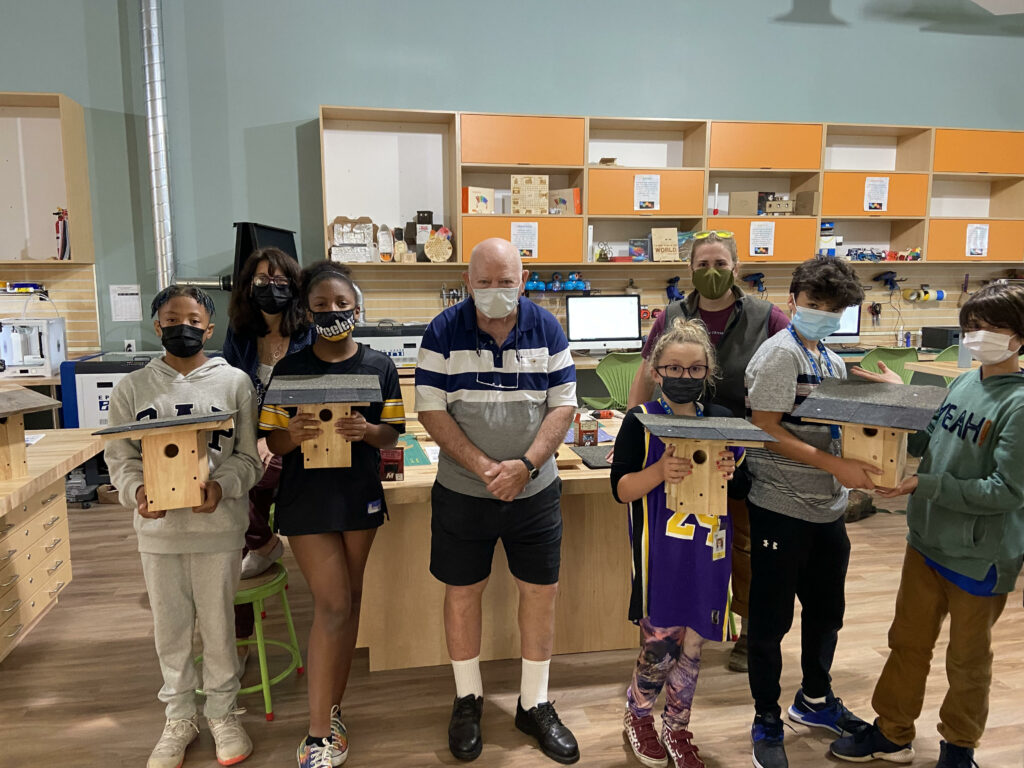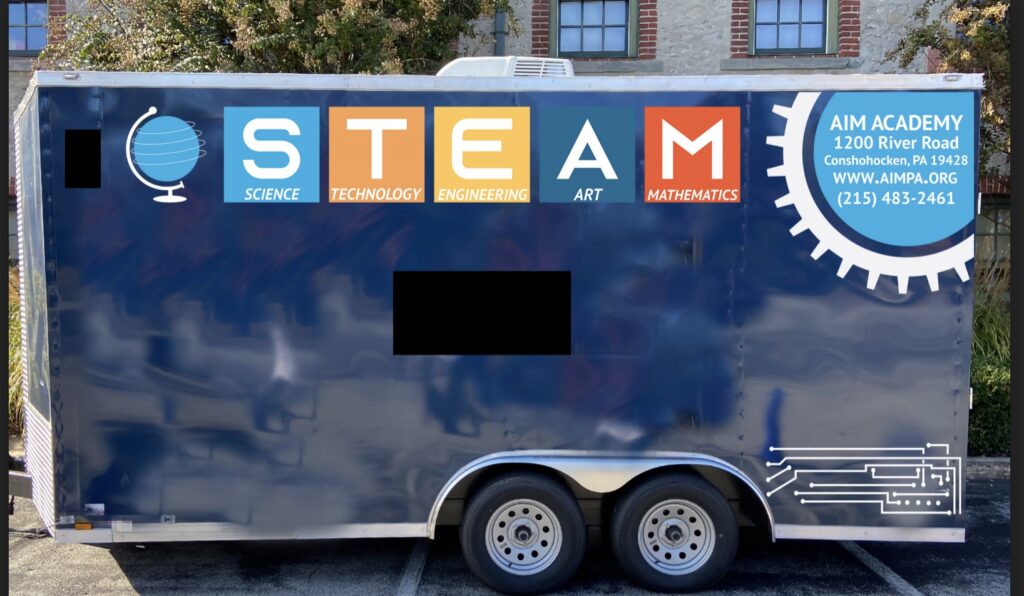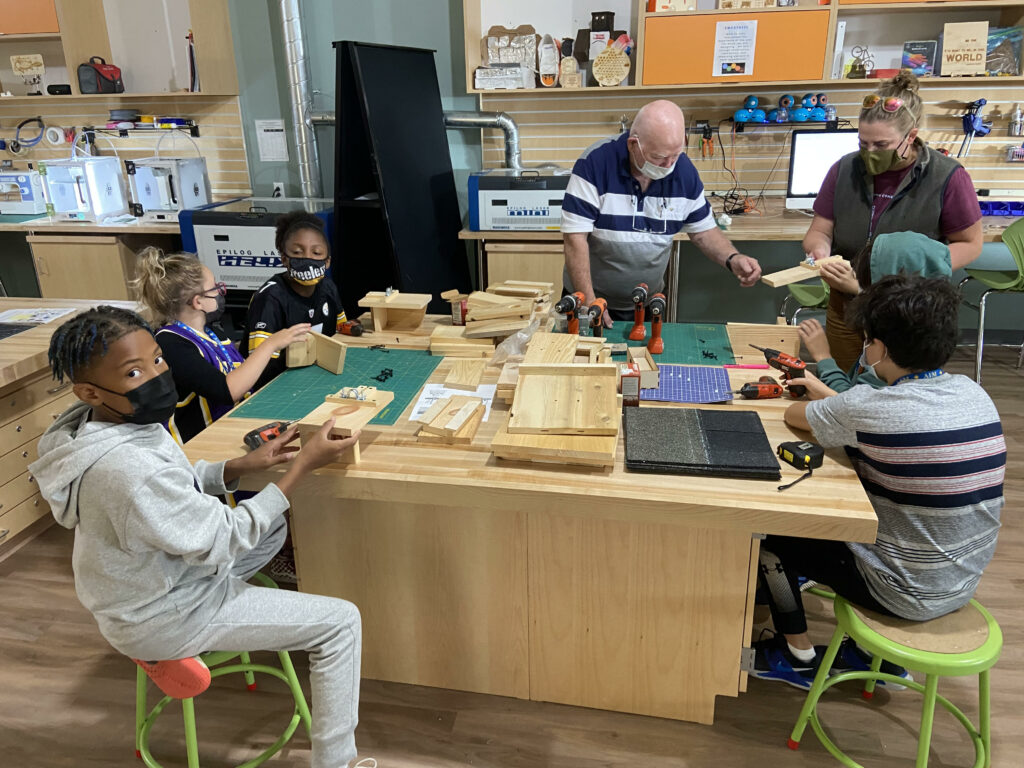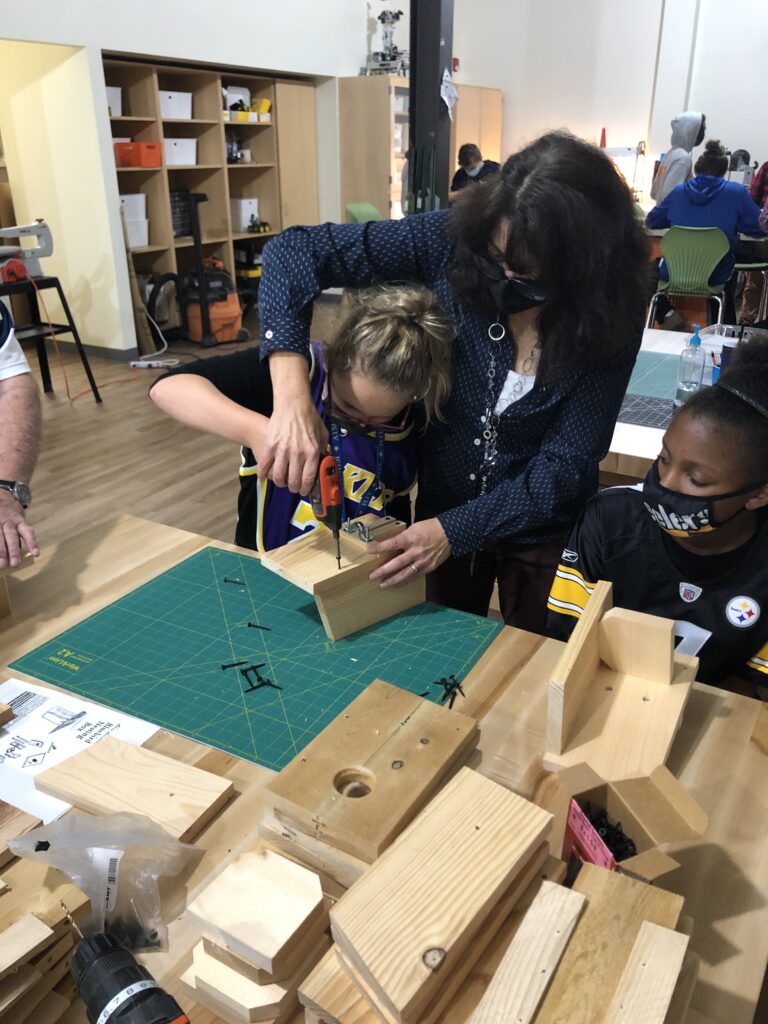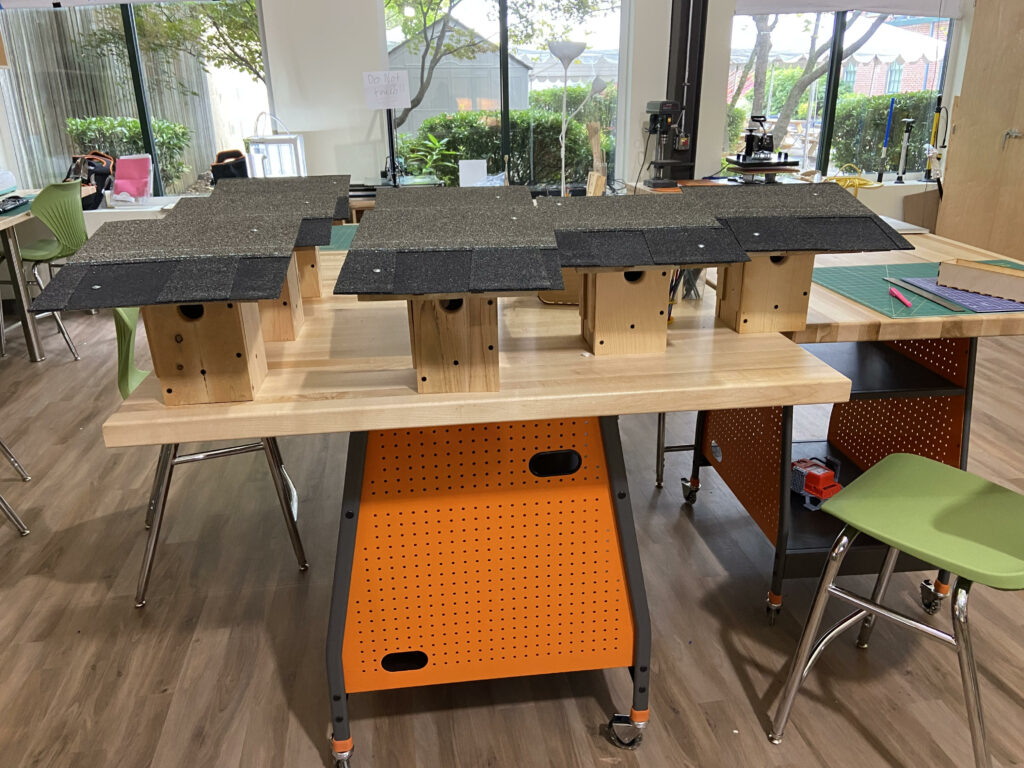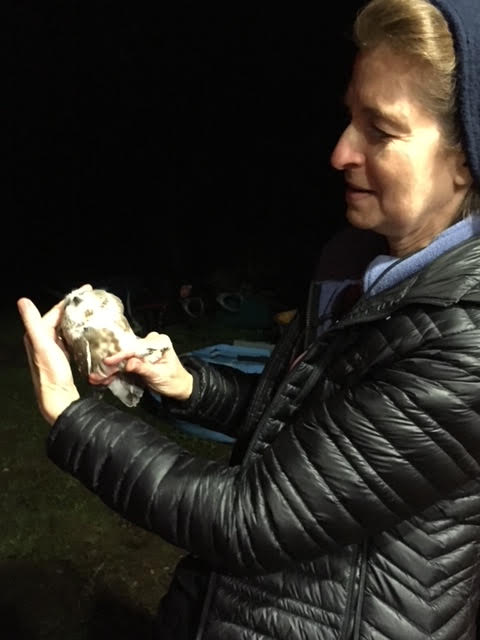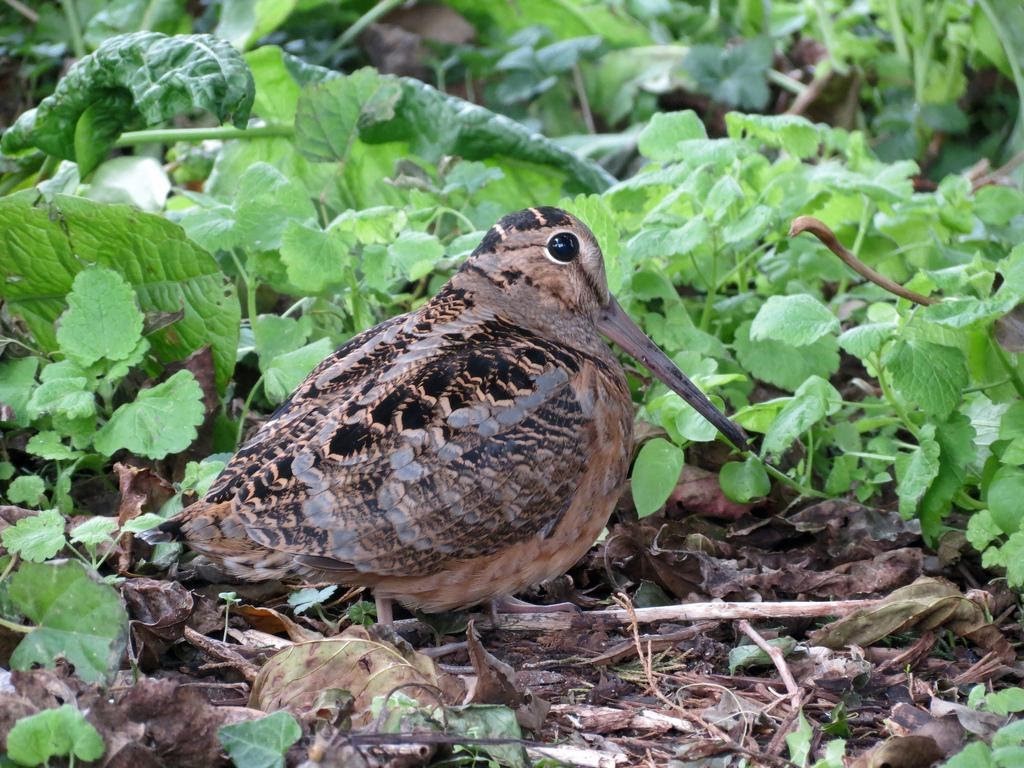The ability of scientists to track migrating animals as small as hummingbirds and butterflies along the Atlantic Coast will take an important step forward in the coming year, thanks to a partnership between the Northeast Motus Collaboration (NMC) and the U.S. Fish and Wildlife Service (USFWS).
The NMC, comprised of Willistown Conservation Trust in Newtown Square (where it is based), the Carnegie Museum of Natural History in Pittsburgh, the Ned Smith Center for Nature and Art in Dauphin County, and Project Owlnet, has received $82,500 from the USFWS to upgrade a dozen stations in the Motus Wildlife Tracking System, a rapidly growing global network of automated telemetry receivers.
Established in 2013 by Birds Canada, the Motus Wildlife Tracking System combines highly miniaturized transmitters, some weighing as little as 1/200th of an ounce, with more than 13,000 automated receiver stations around the world. As a result, scientists can now track small birds, bats and even migratory insects like monarch butterflies and green darner dragonflies across continents and hemispheres, like a gray-cheeked thrush that made a remarkable 46-hour, 2,200-mile non-stop flight from Colombia to Ontario.
The Northeast Motus Collaboration will upgrade 12 coastal Motus sites managed by the USFWS, from Massachusetts to Virginia, which were among the earliest stations in the Motus network. With these upgrades, the receivers – which originally tracked transmitters using the 166 MHz frequency – will also be able to monitor a second, 434 MHz, which is used by a new generation of tracking tags. The funding will also underwrite maintenance on the stations through 2024 and decommission two sites that are no longer needed.
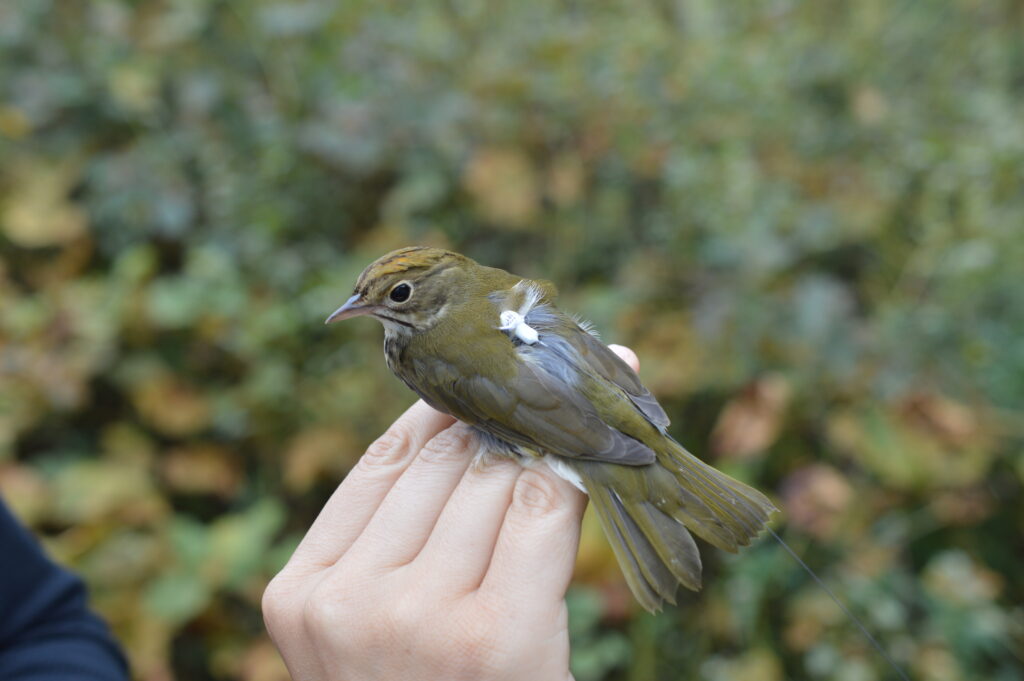
Oven Bird with Nanotag. Photo by PARC 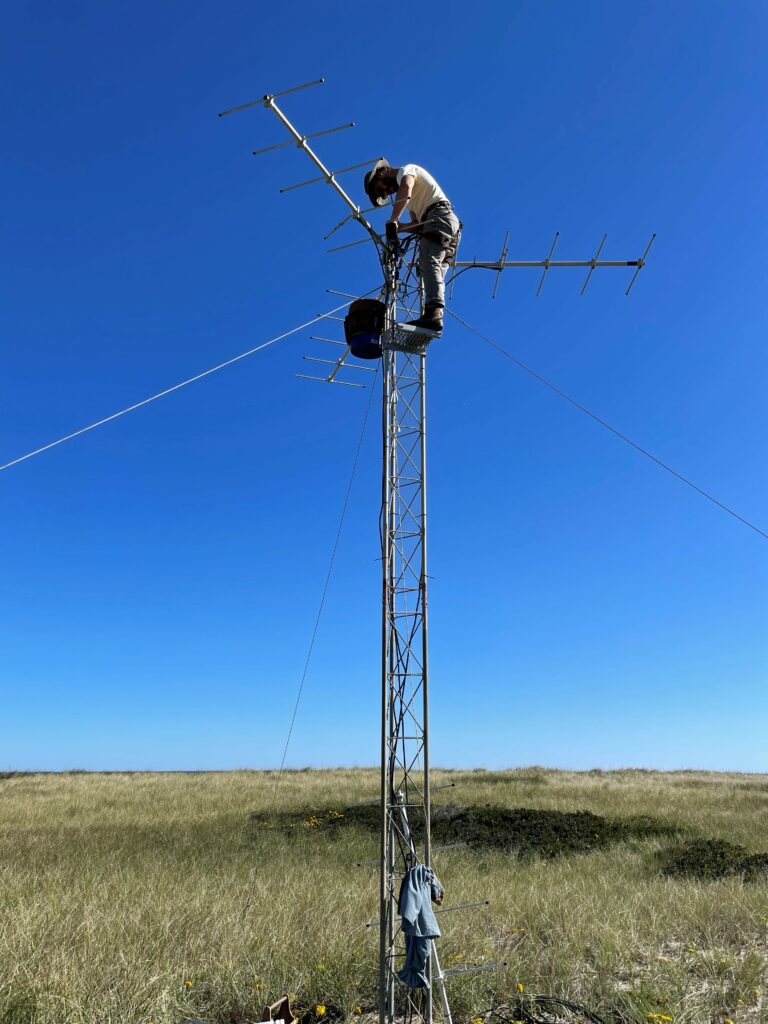
Todd Allegher of Willitown Conservation Trust working on a Motus Station in Nantucket 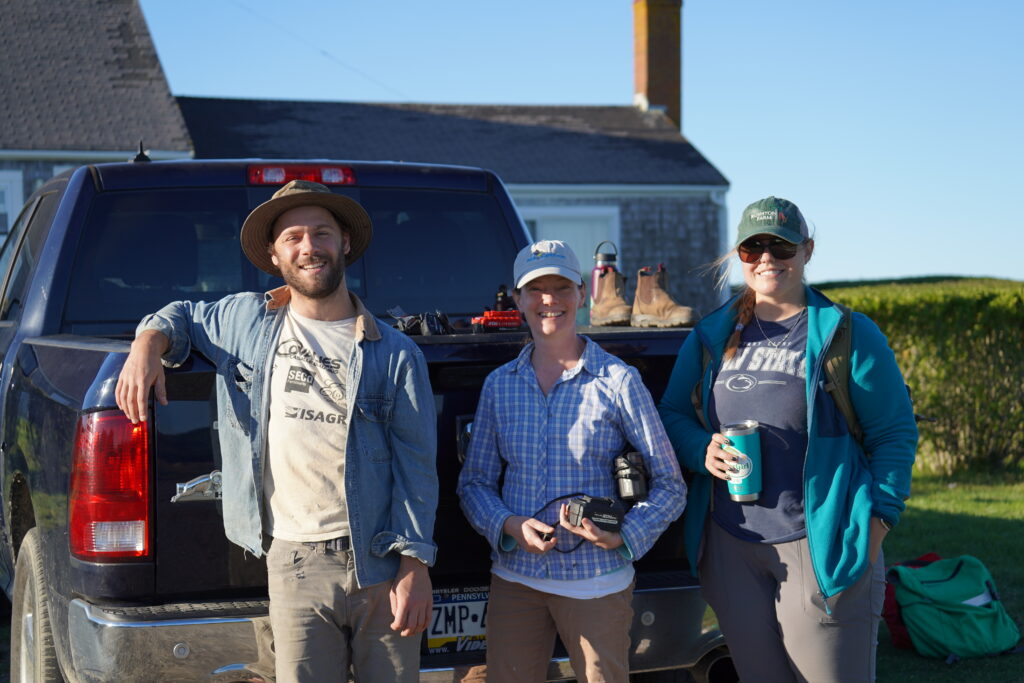
Northeast Motus Collaboration – Todd Allegher, Pam Loring, Zoe Korpi at a Nantucket Motus Station
Says U.S. Fish and Wildlife Service Public Affairs Specialist David Eisenhauer, “We are thrilled to work in partnership with Northeast Motus Collaboration to upgrade Atlantic coast Motus stations with new tracking technology. These stations provide key detection coverage at coastal sites throughout the northeastern U.S. to track regional movements of thousands of birds, bats, and insects tagged by Motus collaborators throughout the Western Hemisphere. Data collected by the Motus stations help us learn more about migratory routes and stopover sites used by many different species as they travel, rest, and refuel throughout our region. This information is critical for developing science-based conservation strategies to benefit wildlife, habitats, and people at local to international scales.”
Since its founding in 2015, the Northeast Motus Collaboration has installed more than 100 Motus sites in the mid-Atlantic states and New York, and is in the middle of a multi-year project to install an additional 50 sites in New England. It is, after Birds Canada, the largest operator of Motus receivers in the world. Says Willistown Conservation Trust’s Director of the Bird Conservation Program and Northeast Motus Principal Lisa Kiziuk, “This critical funding is a testament to the scientific understanding and advancement that we can achieve when we collaborate for conservation.” The work of Northeast Motus Collaboration has been made possible by state and federal grants, private foundations and individual donors.
Northeast Motus Collaboration – The Mission of Northeast Motus Collaboration is to create an interior northeastern U.S. telemetry network to track migratory animals while taking a landscape-scale approach to conservation – connecting enormous expanses of land through scientific research, for the benefit of both humans and wildlife. For more information, visit www.northeastmotus.com.
Willistown Conservation Trust – Found 20 miles west of Philadelphia, Willistown Conservation Trust focuses on 28,000 acres within the watersheds of Ridley, Crum, and Darby Creeks of Chester and Delaware Counties. Since 1996, the Trust has permanently conserved over 7,500 acres, including three nature preserves open to the public: Ashbridge Preserve, Kirkwood Preserve, and Rushton Woods Preserve, which is home to Rushton Conservation Center and Rushton Farm. The Trust offers six nationally renowned programs for public engagement and research: Bird Conservation, Community Farm, Education and Outreach, Land Protection, Stewardship, and Watershed Protection Programs. For more information, visit www.wctrust.org.
